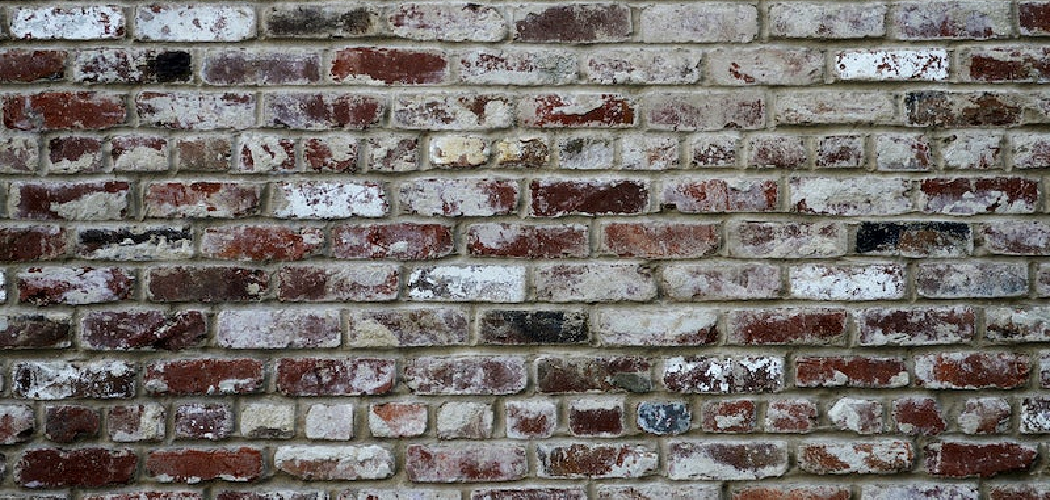Efflorescence is a common problem in basements. Basement walls can often become stained with a powdery, white substance. This is known as efflorescence, and it can be frustrating to remove. However, some methods can help you get rid of it for good.
In this blog post, we will outline those methods and provide you with some tips on how to stop efflorescence on basement walls in the first place. We’ll also give you some information on efflorescence and how it can damage your home. Read on for more information.
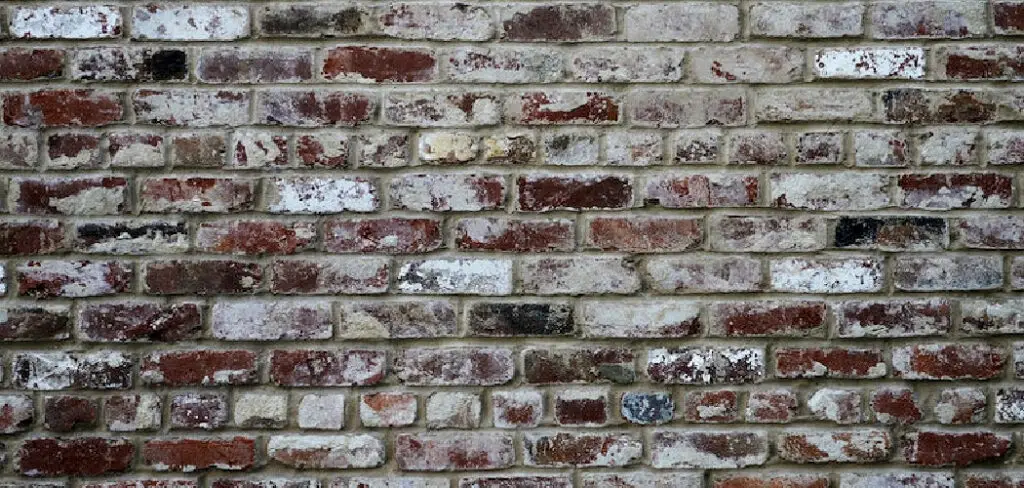
What is Efflorescence?
Efflorescence is a powdery, white substance that can form on the walls of basements. It is caused by the migration of soluble salts to the wall’s surface. These salts can come from various sources, including groundwater, concrete, mortar, and bricks. When the salts reach the surface, they can often cause the wall to become stained.
What Causes Efflorescence in a Basement?
Moisture in the Basement
One of the main causes of efflorescence is moisture. When the water seeps into the concrete, it can cause the salt and minerals in the concrete to dissolve. This liquid will then rise to the surface and form a powdery substance.
To prevent efflorescence, you must ensure that the walls are dry. You can do this by installing a dehumidifier in your basement or by using a fan to circulate air. Additionally, you should ensure that any leaks in the basement are fixed, and the drainage is properly working.
Improper Curing of the Concrete
Improper curing of the concrete can also lead to efflorescence. When the concrete is not properly cured, it can leave behind a porous surface. This will allow the water and salt to seep through the concrete and cause the efflorescence to form.
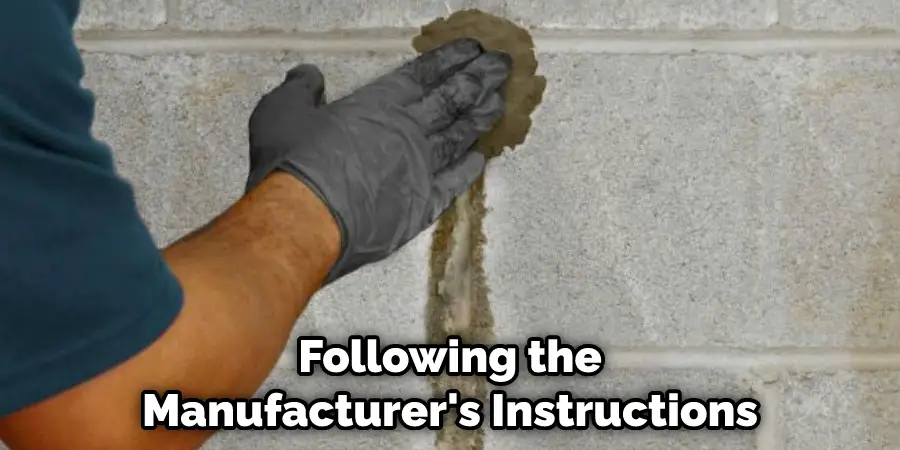
To prevent this, you should make sure that the concrete is properly cured before you start using the basement. You can do this by following the manufacturer’s instructions or by hiring a professional to do it for you. You must ensure that the concrete is completely dry before using the basement.
Common Efflorescence Problem Signs
If you are noticing any of the following problems, then you may have efflorescence:
White Powder on the Walls or Floors
If you see a white powder on the walls or floors of your basement, then you may have efflorescence. This is a common problem and can be frustrating to remove. However, some methods can help you get rid of it for good. In this blog post, we will outline those methods and provide tips on preventing efflorescence from forming in the first place.
Stained Walls
If your basement’s walls are stained, this is another common sign of efflorescence. The stains can be difficult to remove and may require some elbow grease. If you find this kind of stained wall in your home, you should immediately prevent it from getting worse.
Salt Deposits on the Walls or Floors
Salt deposits can often be mistaken for efflorescence. However, they are different problems and should be treated differently. If you see salt deposits on your basement walls or floors, then you should take some immediate action to remove them. You can do this by using a vacuum cleaner to remove the salt or by using a degreaser to clean the surface. Additionally, you can install a drainage system in your basement to help remove the water and salt.
Mushrooms Growing on the Walls or Floors
If you notice mushrooms growing on the walls or floors of your basement, then you may have efflorescence. This is a common problem and can be frustrating to remove. However, some methods can help you get rid of it for good. In this blog post, we will outline those methods and provide tips on preventing efflorescence from forming in the first place.
10 Methods on How to Stop Efflorescence on Basement Walls
There are a few methods that you can use to stop efflorescence on basement walls.
Method 1: Waterproof the Walls
One of the best ways to prevent efflorescence is to waterproof the walls. This will create a barrier that will prevent the water and salt from seeping through the concrete and causing the efflorescence to form. You can waterproof the walls using various products, such as sealants, paints, or membranes. You should apply the waterproofing agent to the entire wall, including the joints and cracks. This can be tedious, but it is worth it in the long run.
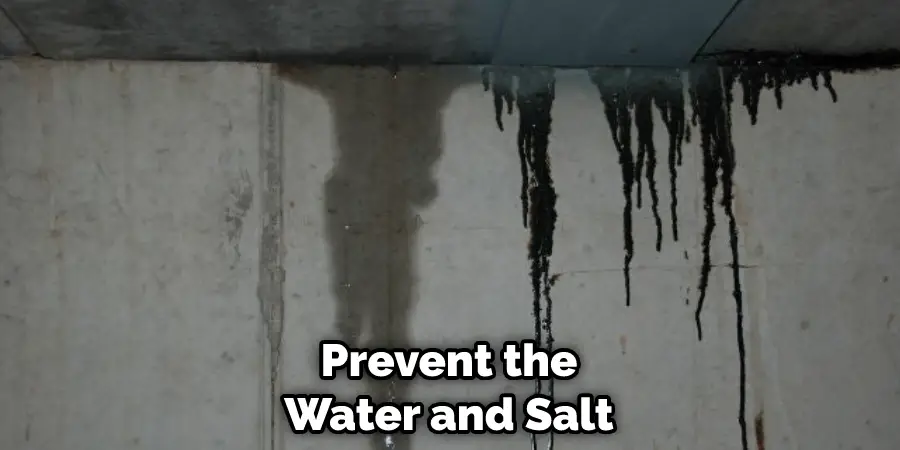
Method 2: Remove the Salt
If efflorescence has already formed on the walls, you can try to remove the salt. This can be done by using various methods, such as scrubbing the wall with a brush or using a power washer. You can also use a chemical solution to remove the salt. However, you should be careful when using chemicals, as they can sometimes damage the concrete. But, if you don’t want to damage your concrete, you can try using a vinegar solution. To make this solution, you need to mix one part vinegar with two parts water. Then, you must apply the solution to the efflorescence and scrub it off.
Method 3: Cover the Walls
If you still have trouble with efflorescence, you can try to cover the walls. This can be done by using various materials, such as paint, wallpaper, or tile. By covering the walls, you will create a barrier that will prevent the salt from seeping through. It can be a bit of a hassle to cover the walls, but it is worth it in the long run
Method 4: Use a Dehumidifier
Another way to prevent efflorescence is to use a dehumidifier in your basement. This will help to remove the moisture from the air and prevent the water from seeping into the concrete. Additionally, you should make sure that the basement is well-ventilated. You can do this by opening the windows or using a fan to circulate the air. Dehumidifiers will help to stop efflorescence by preventing moisture in the air. Keeping one in your basement all year round may be a good idea, especially if you live in an area with high humidity.
Method 5: Fix Any Leaks
It is important to fix any leaks in your basement as soon as possible. Leaks can often cause the water to seep into the concrete, leading to efflorescence. To prevent this, you should ensure that the basement is dry and that any leaks are fixed. You have to ensure that the concrete is completely dry before using the basement.
Method 6: Install Proper Drainage
If you want to prevent efflorescence, you should ensure that the basement has proper drainage. This will help remove the basement’s water and keep it dry. Additionally, you should ensure that any leaks in the basement are fixed and that the basement is well-ventilated. You have to ensure that the concrete is completely dry before using the basement.
You Can Check It Out to Get Rid of Standing Water in Crawl Space
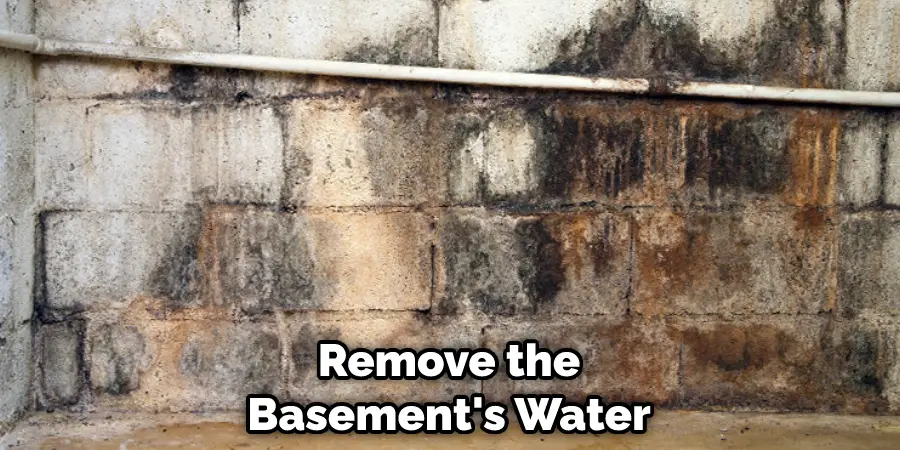
Method 7: Clean the Walls Regularly
You should also ensure that you clean your basement walls regularly. This will help to remove any dirt or debris that could be blocking the pores of the concrete and causing the efflorescence to form.
Method 8: Apply a Sealant
Applying a sealant to your basement walls is another effective way to prevent efflorescence. The sealant will create a barrier that prevents water and salt from seeping through the concrete. Additionally, you should ensure that the basement is well-ventilated so the sealant can dry properly.
Method 9: Use a Humidity Monitor
If you still have trouble with efflorescence, you can try using a humidity monitor in your basement. This will help to keep track of the moisture in the air and prevent the water from seeping into the concrete. Additionally, you should make sure that the basement is well-ventilated. You can do this by opening the windows or using a fan to circulate the air. Using a humidity monitor ensures that your basement is at the right moisture level and that efflorescence will not be a problem.
Method 10: Scrubbing the Wall With a Brush
If you still have trouble with efflorescence, you can try scrubbing the walls with a brush. This will help to remove the salt and dirt from the wall and prevent it from causing any damage. You can use a vinegar solution or a chemical solution to help remove the salt, but be careful when using chemicals, as they can sometimes damage the concrete. It can be a bit of a hassle to scrub the walls, but it is worth it in the long run.
Frequently Asked Question
Should I Be Worried About Efflorescence?
It is generally not harmful but can be unsightly and damage the concrete over time. If you are having trouble with efflorescence, you should take steps to remove it and prevent it from coming back. If the efflorescence is severe, you may want to consult a professional. Make sure the area is well ventilated and wear protective gear, such as a mask, to avoid breathing in the dust.
Will Efflorescence Eventually Stop?
If the conditions that are causing efflorescence are not fixed, it will continue to happen. However, efflorescence should stop if you take the proper steps to waterproof your basement. Efflorescence is the white powdery substance that sometimes forms on the surface of masonry. It is caused by water seeping through pores in the masonry and dissolving minerals. When the water evaporates, it leaves behind mineral deposits, which appear as a white powder.
You can stop Efflorescence by waterproofing your basement. Waterproofing will create a barrier between the water and the masonry so that the water cannot seep through and dissolve the minerals. There are many different ways to waterproof your basement, so you should consult with a professional to find the best solution for your home.
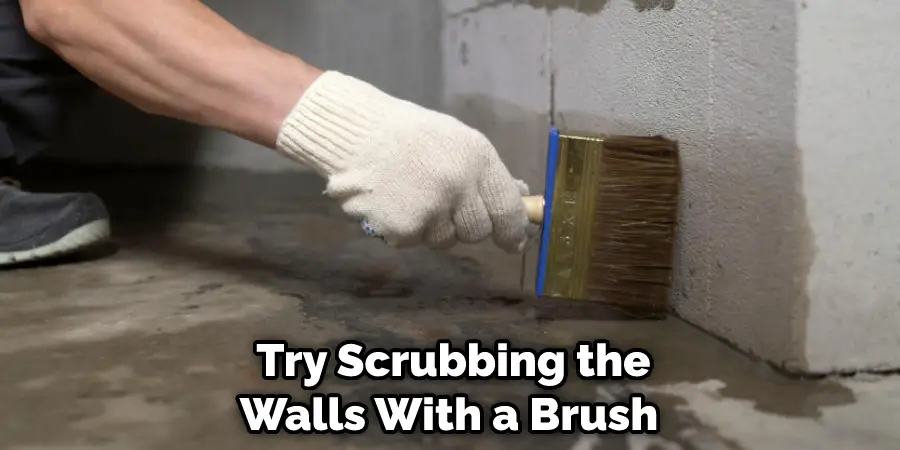
Conclusion
In conclusion, there are several ways how to stop efflorescence on basement walls. Always wear the proper safety gear when working with chainsaws and follow all of the manufacturer’s instructions for safely using this tool.
With a little practice, you should be able to quickly and easily unravel a chainsaw chain in no time at all. All of the solutions require some effort and time, but having a dry and healthy basement will be worth it. Have you experienced efflorescence in your home? What solution worked best for you? Share your thoughts in the comments below!
You Can Check It Out to Block Vents in Basement

